How drugs get into prisons in England and Wales
- Published
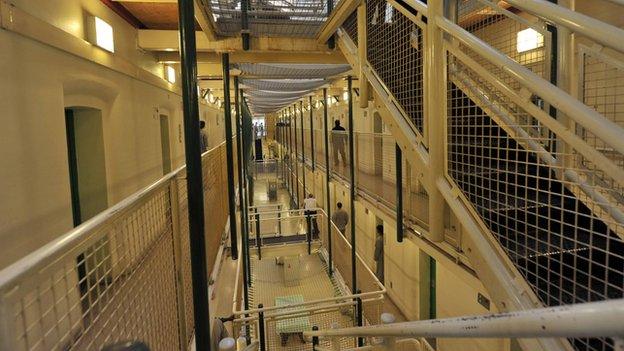
There are some pretty bizarre ways drugs have found their way into prisons.
At the weekend, a drone was used to try to smuggle a package into the grounds of Bedford prison.
In one case powder was mixed with paint on a child's picture before being smuggled in.
Now it's understood the government's spending £15m on new X-ray scanners for jails in England and Wales.
The Centre of Social Justice (CSJ) - a group linked to the Conservatives - warns manual searches are not effective enough.
Almost a third of prisoners claim it's easy to get hold of illegal substances.
So how do drugs get inside the UK's most secure buildings?
An obvious one, visitors
Prison officers say visitors are the main ways drugs get inside.
In the past smugglers have stashed them in their underwear and in babies' nappies.
In 2014, Charlotte Millward, a 35-year-old mother of two, was seen reaching into her bra and handing 10 tablets to her boyfriend during a visit to Holme House Prison, Stockton. The tablets cost around £2 outside prison but once inside could be worth more than £40.
She was given a suspended six-month jail sentence.
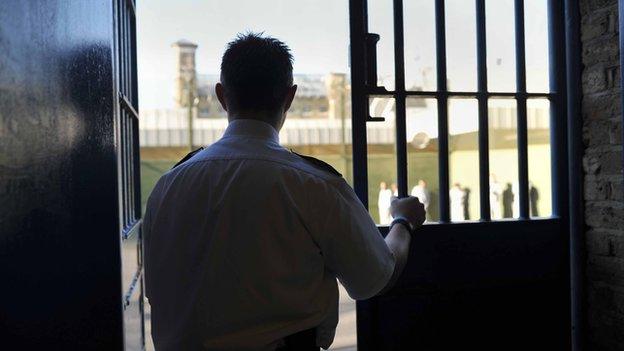
There were almost 300 cases of visitors being arrested on suspicion of conveying drugs into prisons in England in 2013/14 according to CSJ research.
The group says the manual searches used in most prisons "won't always detect illegal substances and so-called legal highs that have been swallowed or concealed within someone's body".
The new scanners will be used to detect if prisoners, visitors or staff have drugs under clothes or inside their bodies.
In the post, sometimes even in artwork
At one Scottish jail, inmates were banned from receiving their children's drawings by post after powdered Valium was found in the paint.
Staff at HMP Shotts in Lanarkshire found the drug had been painted onto children's artworks, which prisoners would then cut up and eat.
The prison service now provides inmates with colour photocopies of their children's artwork.
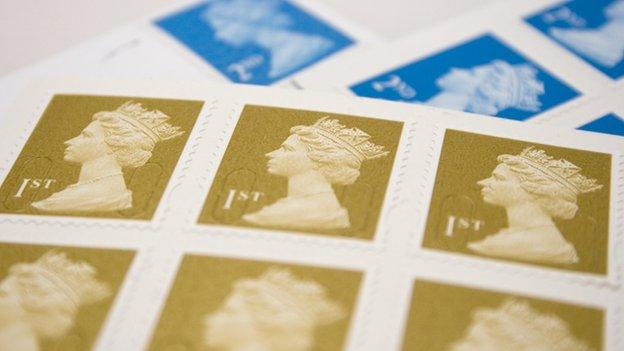
With a Marmite disguise...
In another case a prison tutor arranged a parcel of cannabis and heroin to be sent to him inside Wormwood Scrubs in London.
He planned to give it to a pupil, a convicted drug dealer. The street value was estimated at £2,400 but inside the drugs could have made £10,000.
The package was smeared with Marmite in an attempt to disguise the strong smell. But officers thought it smelt odd and opened the package.
The teacher, Niyi Onilude, 54, and two other people involved were handed prison sentences in November 2014.
There were 349 incidents where drugs were discovered in post in 2013/14 in England and Wales, according to the CSJ.
Corrupt staff. And chips
In another incident at Wormwood Scrubs, a prison officer tried to use vinegar-drenched chips to smuggle in drugs for an inmate.
In 2013, 24-year-old Jason Paul Singh, from High Wycombe, put 50 grams of cannabis in his rucksack, and placed a packet of chips on top to disguise the smell.
The drugs were discovered when he got to work and he was later jailed for four years.
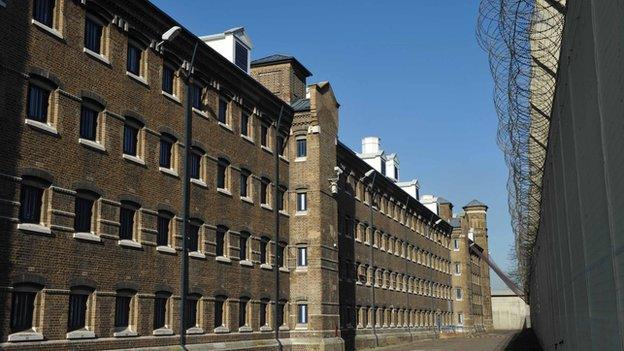
The CSJ says when staff smuggle in drugs, it's usually to make money but there have been cases of blackmail.
Twenty-five staff were convicted, dismissed or excluded in relation to bringing drugs into prisons in England last year.
Over prison walls
Two brothers were caught trying to smuggle hundreds of steroid pills and painkillers into prison by packing them inside Ribena cartons and throwing them over the wall. Last year, Nahim Ali, 34, asked his brother Tahir, 40, to help smuggle drugs inside.
After police found three cartons filled with 750 pills, Nahim was given eight months, and Tahir got a four-month sentence suspended for 12 months.

New or returning prisoners
In January 2015 it was reported a convicted gunman who was being returned to prison hid 20 ecstasy tablets in the waistband of his tracksuit bottoms and stitched bags of cannabis into the lining of his boxer shorts and trainers.
The drugs were found when the 26-year-old was searched by custody staff.
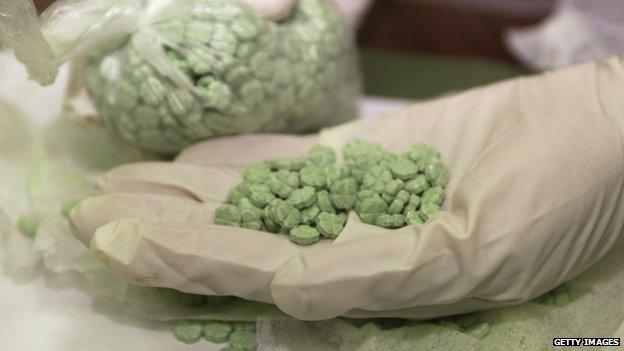
Figures from the Ministry of Justice show the number of drug seizures have increased from 3,700 in the year to March 2011 up to nearly 4,500 in 2013-14.
Follow @BBCNewsbeat, external on Twitter, BBCNewsbeat, external on Instagram and Radio1Newsbeat, external on YouTube